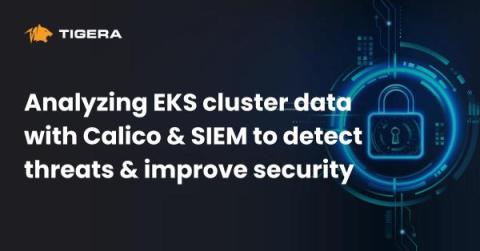SIEM vs. SOAR in 2024: What's The Difference?
The threat landscape today is complex and constantly changing. Organizations require robust cybersecurity solutions to protect their networks and systems. SIEM and SOAR are two technologies that are pivotal in strengthening security operations. In this article, I’ll look at both technologies, SIEM and SOAR, to help you understand the importance of strengthening your organization’s SecOps.











